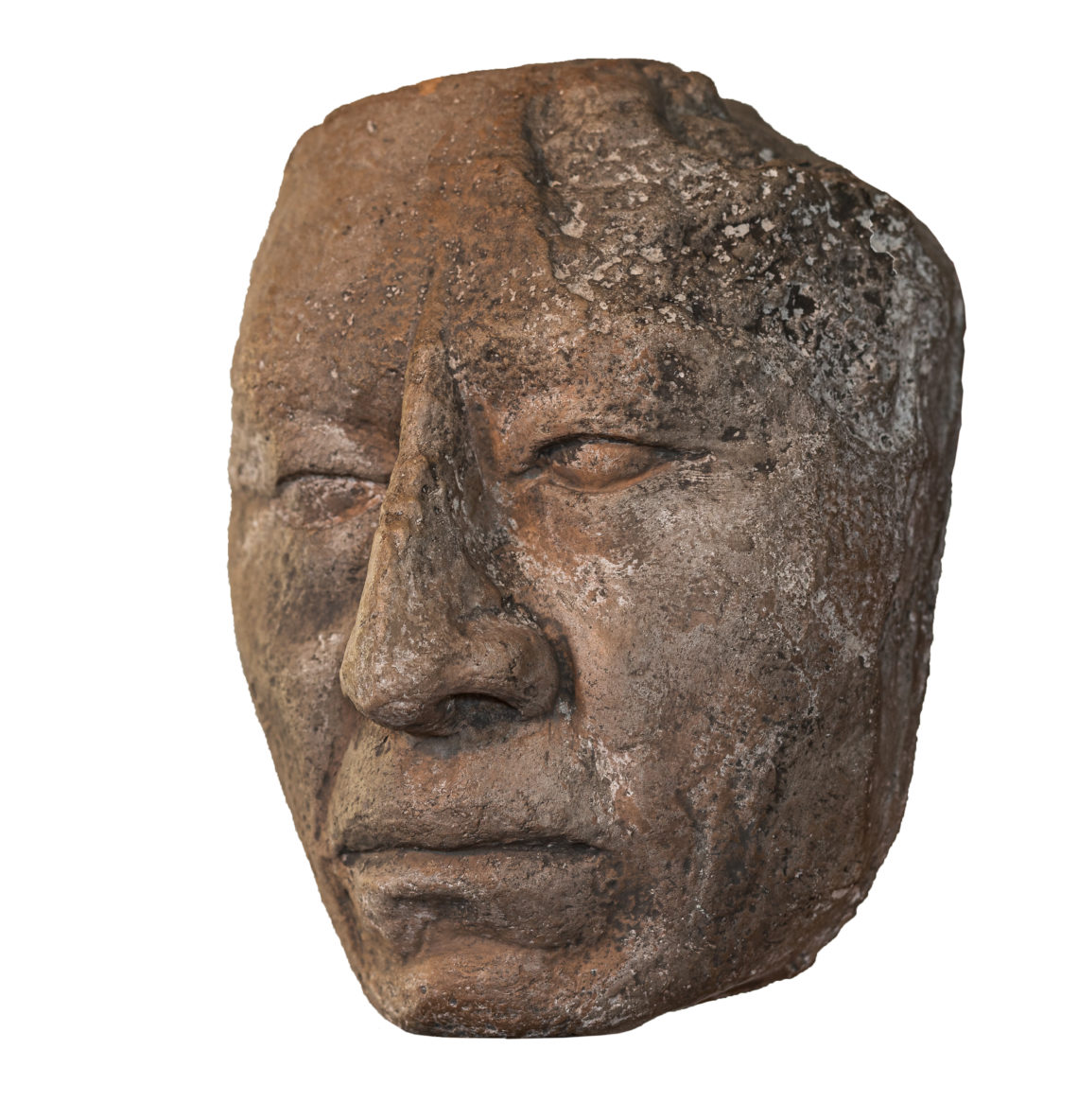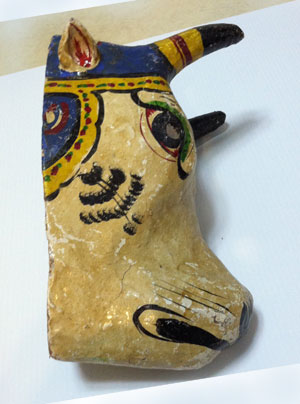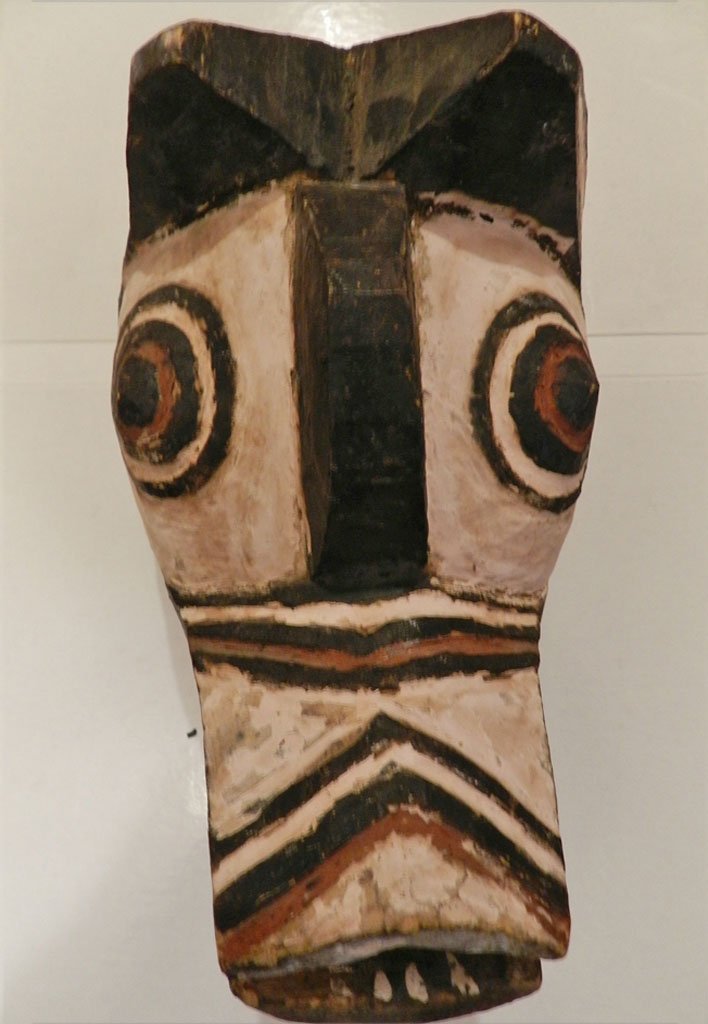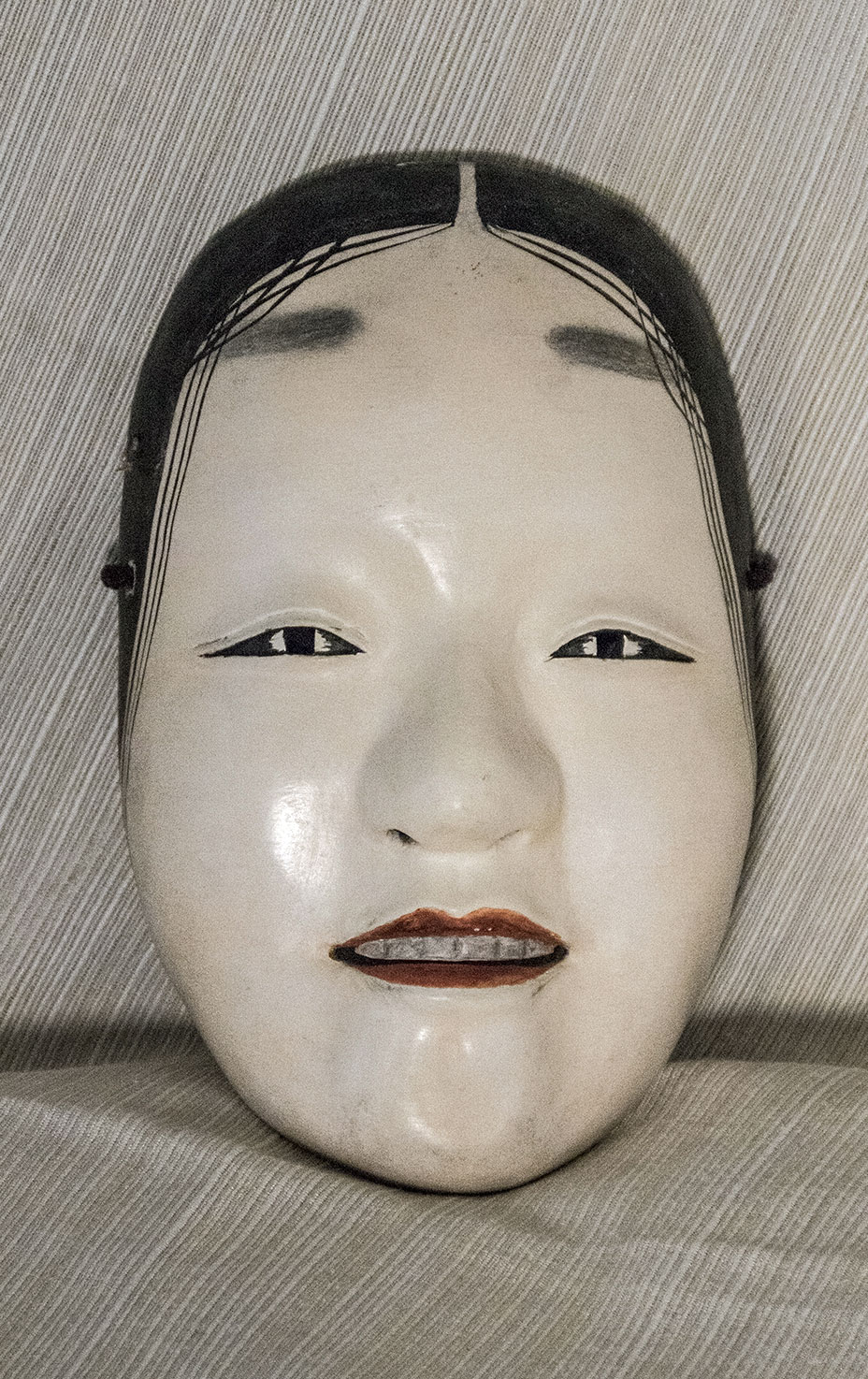 Q: The test results are ready now. Well, lets both be happy;) Would you like to evaluate now for me, considering it was real? The certificate is added. Robin, 1750
Q: The test results are ready now. Well, lets both be happy;) Would you like to evaluate now for me, considering it was real? The certificate is added. Robin, 1750
A: News this good only rarely happens at MasksoftheWorld.com. I am so pleased. Viewers can see Robin’s original Q & A dated March 21 of this year by typing in “death mask.” You could also visit sometime Palenque and Mexico City where you will find the burial pyramid and a recreation of the king’s burial chamber at the Museum of Anthropology.
Pakal was buried in a colossal sarcophagus in the largest of Palenque’s stepped pyramid structures, the building called Bʼolon Yej Teʼ Naah “House of the Nine Sharpened Spears” in Classic Maya and now known as the Temple of the Inscriptions. Though Palenque had been examined by archaeologists before, the secret to opening his tomb — closed off by a stone slab with stone plugs in the holes, which had until then escaped the attention of archaeologists—was discovered by Mexican archaeologist Alberto Ruz Lhuillier in 1948. It took four years to clear the rubble from the stairway leading down to Pakal’s tomb, but it was finally uncovered in 1952. His skeletal remains were still lying in his coffin, wearing a jade mask and bead necklaces, surrounded by sculptures and stucco reliefs depicting the ruler’s transition to divinity and figures from Maya mythology.
Whether the bones in the tomb are really those of Pakal is under debate because analysis of the wear on the skeleton’s teeth places the age of the owner at death as 40 years younger than Pakal would have been at his death. Epigraphers insist that the inscriptions on the tomb indicate that it is indeed Kʼinich Janaabʼ Pakal entombed within, and that he died at the age of 80 after ruling for around 70 years. Some contest that the glyphs refer to two people with the same name or that an unusual method for recording time was used, but other experts in the field say that allowing for such possibilities would go against everything else that is known about the Maya calendar and records of events. The most commonly accepted explanation for the irregularity is that Pakal, being an aristocrat, had access to softer, less abrasive food than the average person so that his teeth naturally acquired less wear. (Wikipedia) A





